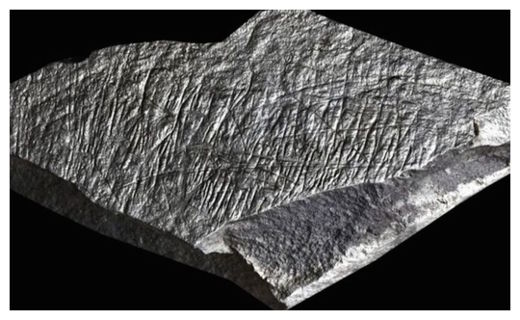
© Sarah Duffy
Newly-found stone artifacts found on the English Channel island of Jersey could hold some of the
oldest man-made carvings ever found on the British Isles, according to a
report from BBC News.
The archeologists who found the artifacts have yet to finish their analysis and publish the results, but
preliminary reports have dated the stone carvings to about 14,000 year ago.The artifacts themselves are stone pieces with criss-crossed line engravings similar to those found at other Paleolithic sites in northern Europe.
If this estimate holds up, it would make artifacts the oldest carvings in the UK since a discovery in 2003. The estimate would also put the carvings' origin at around the end of the last ice age.
The research team that discovered the artifacts has been at the same site in the southeast area of Jersey for the past five years.
"We're hoping this is a hint of what is to come, because at some other sites you get hundreds of these pieces. What we've got at the moment is only a fragment of something much larger," Chantal Conneller, a senior lecturer at the University of Manchester, told BBC News.
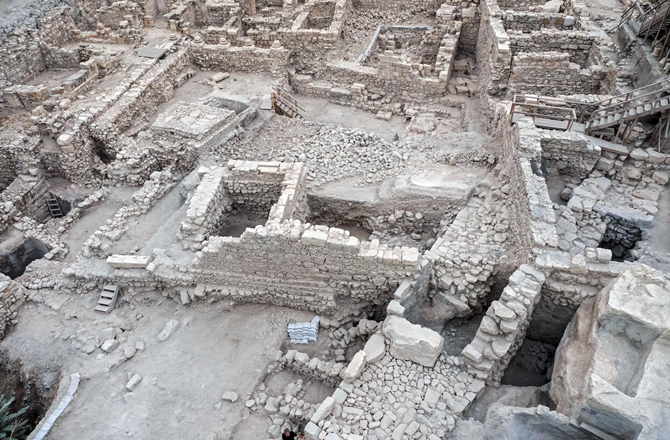
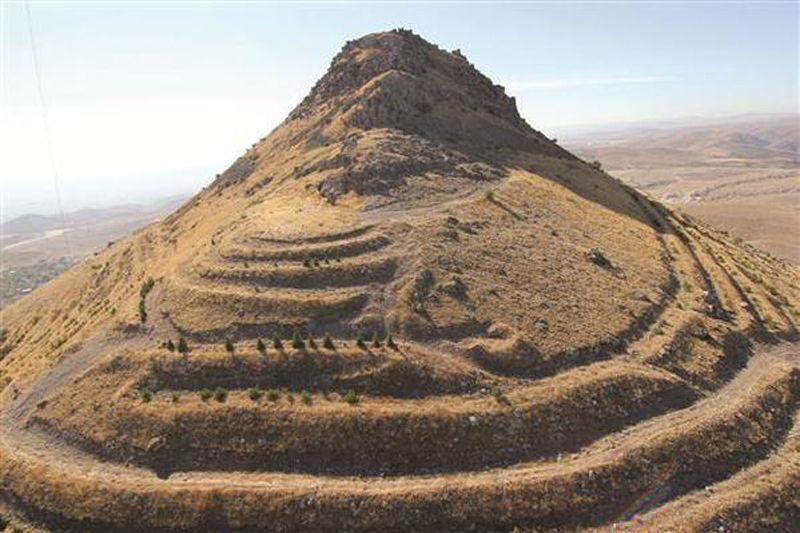
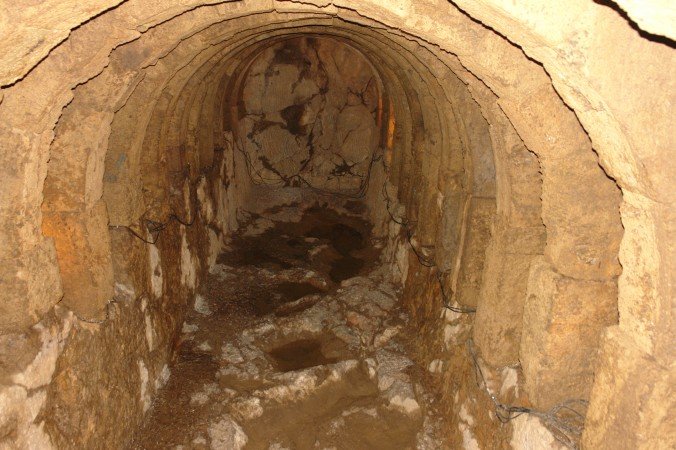

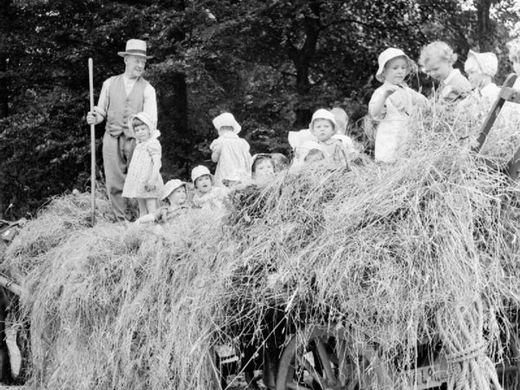
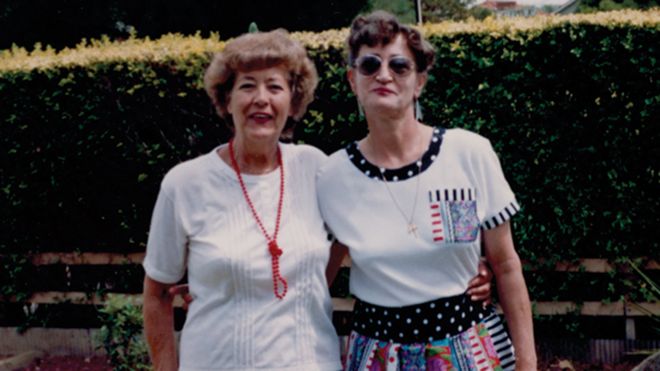
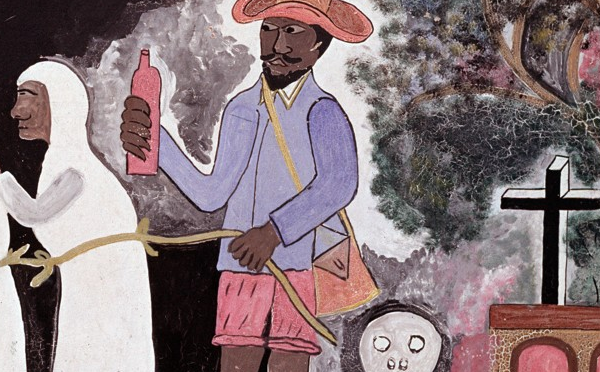
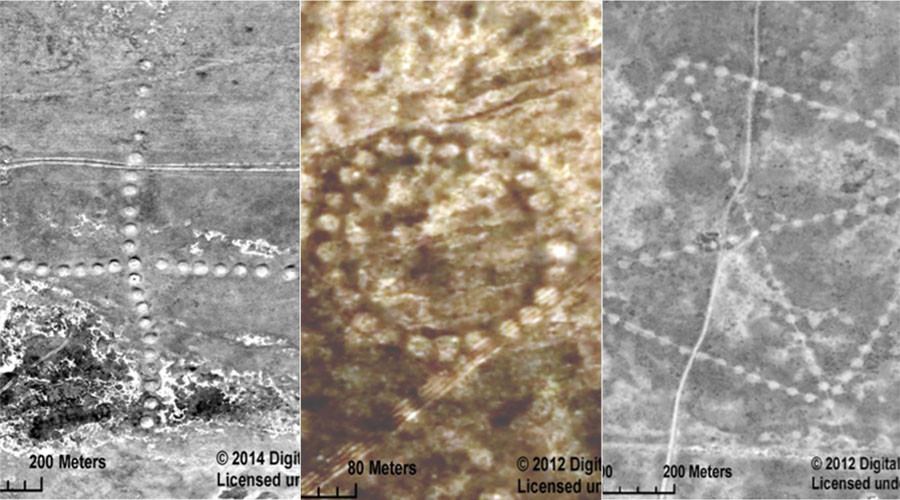

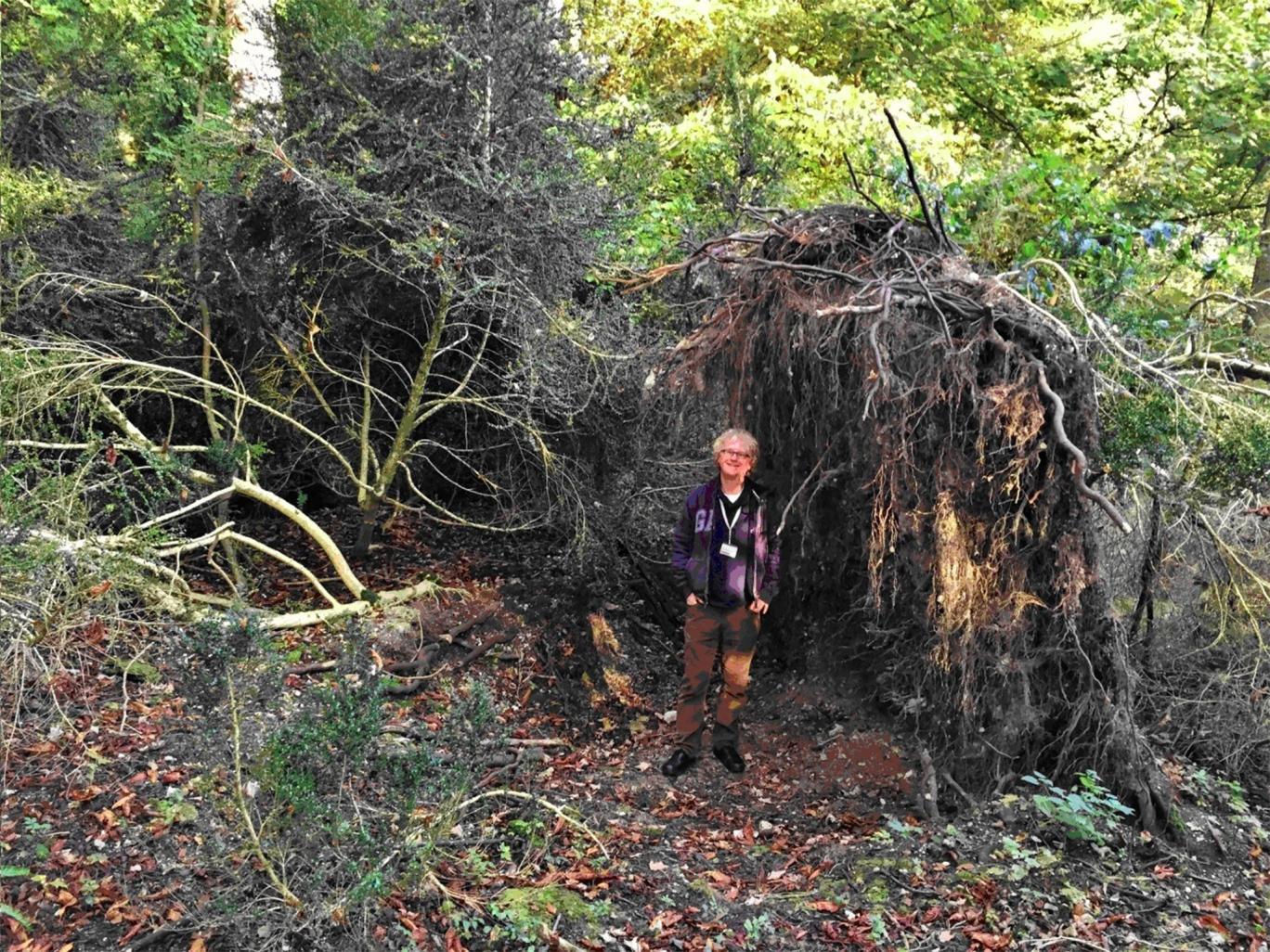



Comment: Zombie fad: Do we love the undead because we are unhappy with the government?
A History of 'Real' Zombies